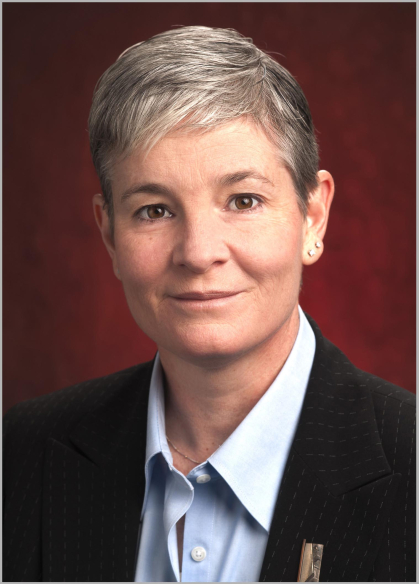How Can Media Literacy Discourage Substance Use Among Teenagers?
Rutgers researcher explains how understanding media and advertising helps with substance abuse among adolescents
Over the last 10 years, Rutgers professor of communication Kathryn Greene has worked with colleagues on a curriculum that increases teenagers’ media savvy and helps them analyze what messages alcohol and tobacco companies leave out of their ads.
Greene says providing teenagers with media literacy tactics can help them avoid substance use and increase their skills in analyzing misinformation overall.

The substance prevention program is administered in-person as “Youth Message Development” and online for school and community-based delivery through REAL Media. The program teaches kids ages 13 to 16 how advertising and media-messaging work. Students use that knowledge to craft counter-messages about alcohol, tobacco and other drugs. In 2017, an agency of the U.S. Department of Health and Human Services gave the curriculum its highest rating – effective – for improving teenagers’ knowledge, attitudes and beliefs.
Greene, whose research was published recently in Drug and Alcohol Dependence and Prevention Science, discusses what she and her colleagues learned by examining data from 639 middle schoolers across nine states and how teenage attitudes towards substance use is changing.
What were the short-term effects you saw in testing the curriculum amongst students in 4-H, America’s largest youth development organization?
The online curriculum encouraged the belief that peers find substance use unacceptable. The curriculum was also found to increase a teen’s belief in their capacity to counter-argue against substance use messaging, meaning the media literacy tactics provided by the program were effective in teaching them to think critically about advertising related to substance abuse. Teaching these teens to be able to counter-argue is crucial to counteracting the spread of misinformation that travels rapidly today, especially on social media.
The students impacted the most were those asked to produce anti-substance messages and then promote them on social media. Why?
The online curriculum is designed to teach youth about how media ads influence them and then guide them through creating and disseminating their own messages to counter substance use promotion ads. Not all youth finished the entire process. The teens who progressed through the entire program and developed messages against substance use to share on social media were more strongly influenced.
In a study published in the Journal of Health Communication, we saw that the social media messages created by these youth were more likely to target smoking than other substances. They also were more likely to try to prevent peers from initiating use rather than convincing youth who were already using to stop. Their messages tended to use slogans to convey information with high production value and used more color and a variety of fonts and font sizes.
You and your colleagues have been working with teenagers throughout the rise of vaping. What have you seen change?
There are two major changes across the last 10 years that we have seen, in particular with vaping. First, the number of vaping related products has increased dramatically and their ease of access has increased among teenagers. The way in which these products have been marketed – with marketing that focuses on products having fewer carcinogenetic ingredients, for example, has translated into changing youth attitudes and behaviors. When we interview teens, they believe that “it’s safe” rather than “safer” than cigarettes. Additionally, adolescents do not believe they can become addicted to the nicotine. Finally, many youth are not familiar with the contents in the liquid of their vape refills, and we’ve seen standards for labeling the contents in vaping products lag.
Second, there has been a veritable explosion in youth exposure to vaping images on their social media feeds. To date, this is an unregulated area. This exposure on a daily basis has made vaping appear more common and widely accepted.
During a time of heavy misinformation, how should adolescents think about media messaging?
We should encourage youth to develop skills to critically analyze messages, particularly those forwarded on their social media feeds. The term “fake news” has become common, but we need to provide youth with training to decipher messages, their sources and potential biases. The REAL media curriculum is one venue to increase these skills. The curriculum has five levels, and one of them focuses on claims and counter-arguing and identifying missing information in advertising. Youth see examples and then practice counter-arguing and identifying missing evidence to produce an anti-substance message. There are also examples of photo manipulation in another area of the curriculum, including retouching that has been commonplace in women’s fashion, for example, and that contributes to unrealistic standards of beauty.


